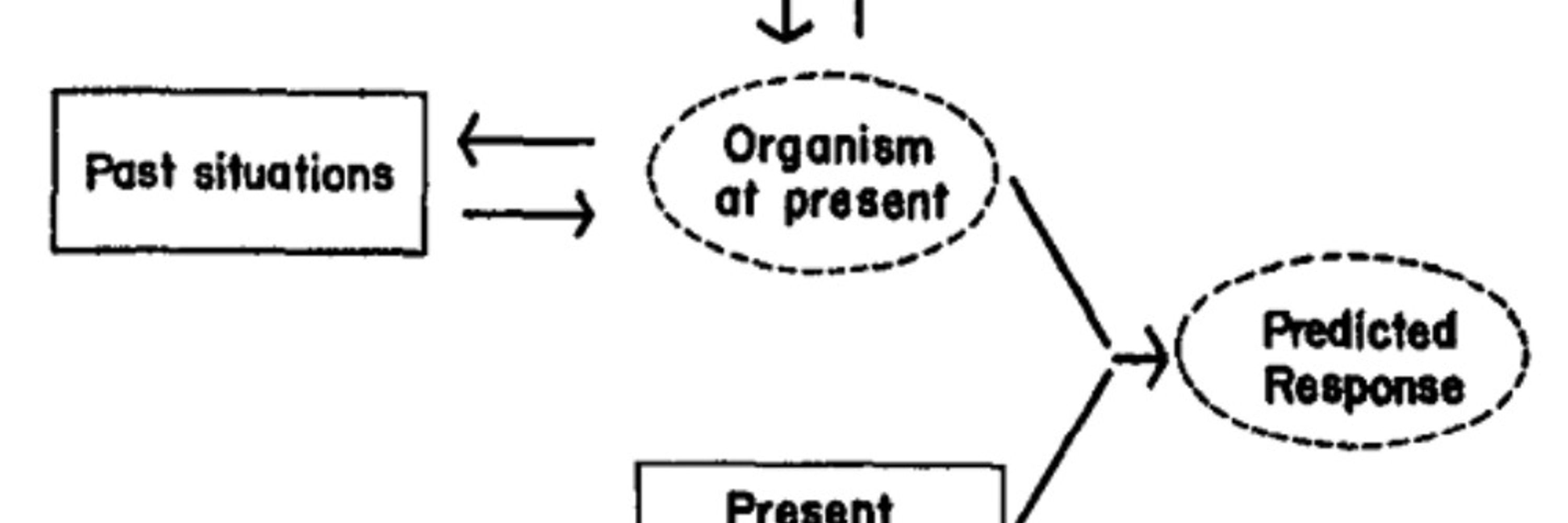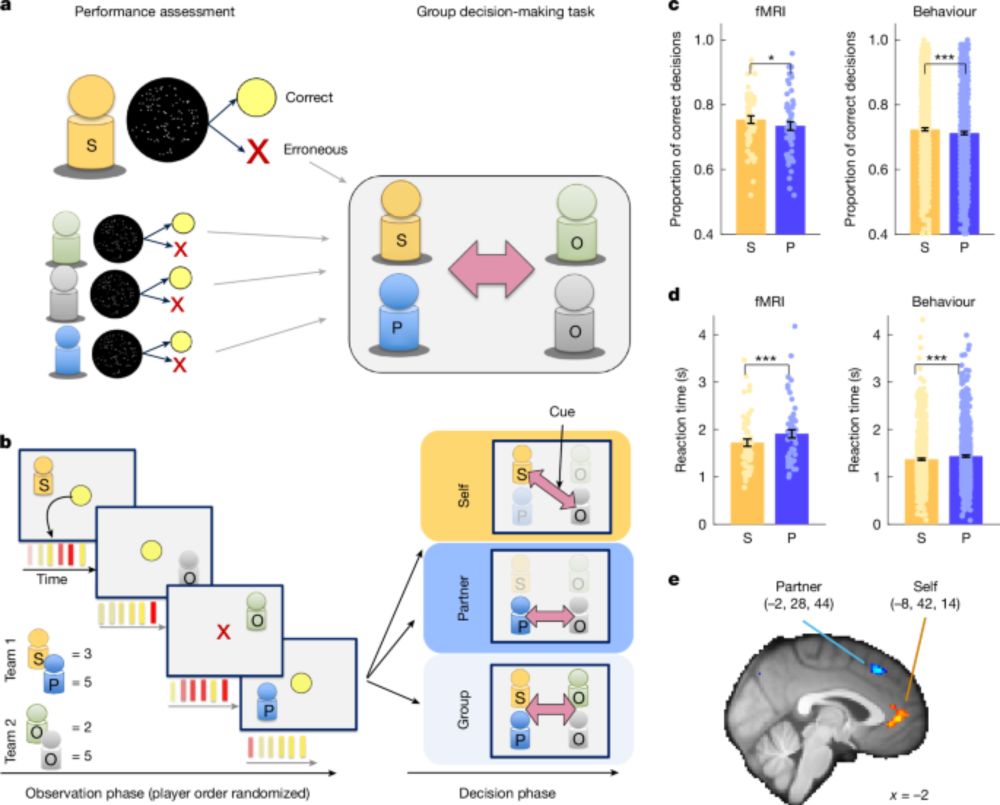
What’s going on with those adolescents? What is that „Risk-taking“ everyone keeps talking about? And how do people adapt to poverty?
Using these "social basis functions" involves the dmPFC, which still develops during adolescence 🧠

Using these "social basis functions" involves the dmPFC, which still develops during adolescence 🧠
Also, big shoutout of course to @connectedmindslab.bsky.social 🤗
Also, big shoutout of course to @connectedmindslab.bsky.social 🤗
But I wonder if the "surrogate" and joint social-nonsocial, probabilistic rewards are the same thing for the mind and shaping behaviour... 🤨
Anyway; exciting stuff 🚀
But I wonder if the "surrogate" and joint social-nonsocial, probabilistic rewards are the same thing for the mind and shaping behaviour... 🤨
Anyway; exciting stuff 🚀

